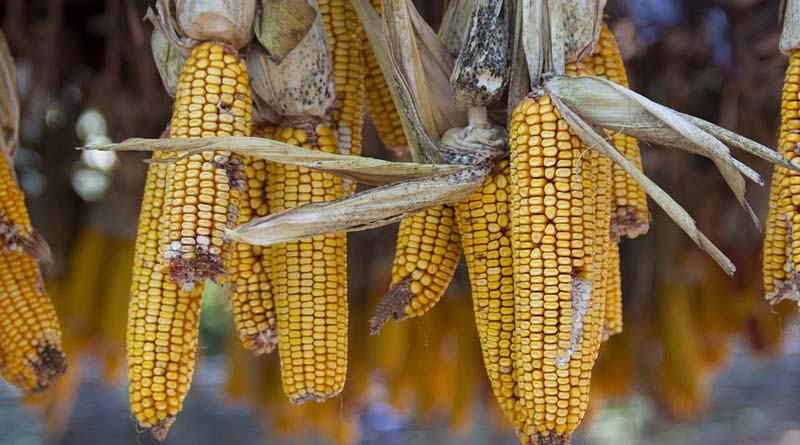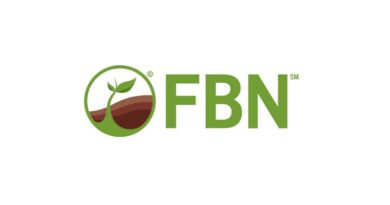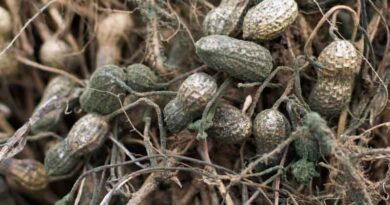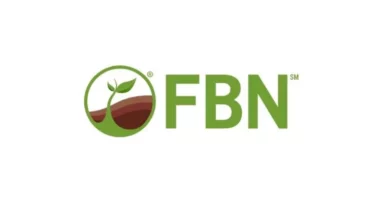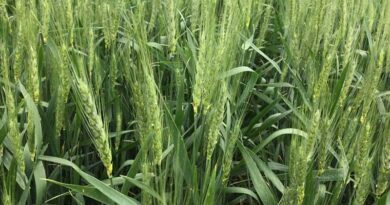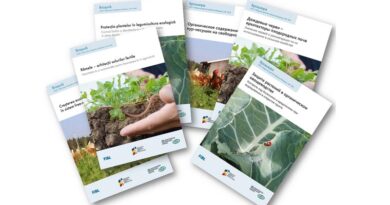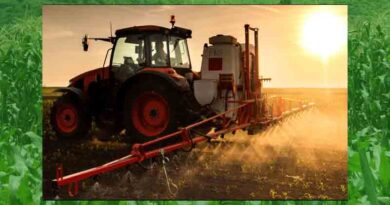How to save corn crops in India from Aflatoxin
09 May 2023, New Delhi: Aflatoxin is a toxin naturally produced by the fungus Aspergillus flavus. The fungus can be identified by a gray-green or yellow-green mold forming on maize kernels in the field or during storage. Aflatoxin levels are typically increased during fungus growth when plants are stressed from dryness, heat, or insect attack. Contamination with aflatoxin will lower corn’s feeding value and impair sales. Grain handling facilities frequently check for the presence of the toxin before purchasing maize because it is particularly deadly to warm-blooded animals even at relatively low levels.
Aspergillus flavus is a common fungus found in soil and debris. As a result of its frequent occurrence in nature, particularly as airborne spores, it can be detected on the majority of grains in the field and storage. Most aflatoxin outbreaks are frequently correlated with moisture and heat stress.
Favorable conditions for Aspergillus flavus development
| Factor | Optimum | Range |
| Temperature | 30°C | 26.6 – 43.3°C |
| Relative Humidity | 85% | 62-99% |
| Kernel Moisture | 18% | 13-20% |
How to prevent Aflatoxin in Maize
Aflatoxin can be managed before harvesting, during harvesting, grain handling, and storage.
To manage aflatoxin before harvesting, it is suggested to thoroughly clean the grains, avoid damage to the grain, remove damaged broken grains, and proper drying of grains.
To manage aflatoxin during harvesting, avoid damage to corn kernels and grain as the infection can easily transfer to them. Stress from heat and drought can break seed coats, which raises the risk of infection. Even though the maize was previously free of aflatoxin, it can still produce the toxin within 24 hours of being exposed to mold and fungi. Since damaged seed and foreign material contribute to the development of aflatoxin, harvesting must be done in a way that prevents harm to the seed coat and ensures optimal cleaning of grain.
To manage aflatoxin during harvesting – Harvest the corn as soon as it reaches maturity, then mechanically dry it. When the moisture content reaches 28 to 30 percent, harvest should start. According to studies, during the dry-down period, the majority of maize hybrids typically lose between 0.5 and 0.6 percent of their moisture. By harvesting maize with a moisture content above 22 percent as opposed to allowing it to dry in the field to 15 percent or below, you can limit field exposure by at least one to two and a half weeks. But you’ll need to dry that right away.
To manage aflatoxin in irrigated maize – Due to superior growing conditions (less drought and heat stress, etc.), irrigated maize typically has fewer issues with Aspergillus infection. To lessen the danger of contaminated good maize, harvest and store the crop outside the pivot separately if maize is watered. Before harvesting the irrigated corn, make sure the combine is clean.
(For Latest Agriculture News & Updates, follow Krishak Jagat on Google News)

